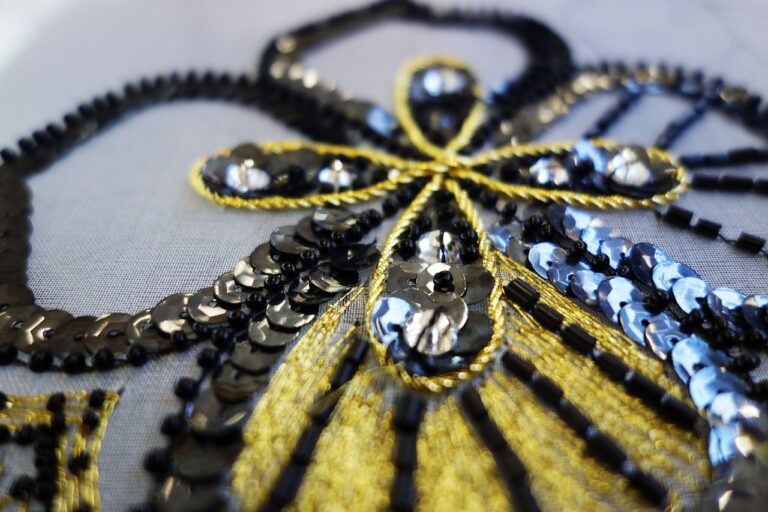The Evolution of Workwear: Adapting Professional Clothing to Remote Work Environments
Professional work attire has evolved significantly over the decades, reflecting changing social norms and values. In the earlier part of the 20th century, strict dress codes governed the workplace, with men expected to wear suits and ties, and women required to wear formal dresses or skirt suits. This formal attire signified professionalism, respectability, and adherence to societal expectations of dress and behavior.
As the 20th century progressed, work attire gradually became more relaxed and casual, especially with the rise of technology companies and startups in the late 20th and early 21st centuries. The dot-com boom of the 1990s ushered in a new era of workwear, with tech professionals often opting for jeans, t-shirts, and sneakers in place of traditional business attire. This shift marked a departure from the formality of previous decades and emphasized comfort and practicality in the workplace.
Changing Trends in Workwear
In recent years, there has been a noticeable shift in workwear trends across various industries. Gone are the days when strict formal attire was the norm in most workplaces. Today, there is a growing emphasis on comfort and practicality, with many professionals opting for more relaxed and casual outfits.
This evolution in workwear can be attributed to changing work cultures and the rise of remote and flexible work arrangements. As companies focus more on results rather than appearances, employees are given the freedom to dress in a way that allows them to feel both comfortable and productive. This trend towards more casual work attire has also been influenced by a younger workforce that values individual expression and personal style in the workplace.
• With the rise of technology and the gig economy, many workers are no longer tied to traditional office settings, leading to a more relaxed approach to workwear.
• The athleisure trend has also made its way into the workplace, with many professionals opting for comfortable yet stylish pieces that can easily transition from work to leisure activities.
• Sustainability is another key factor driving changes in workwear trends, with many companies and employees choosing eco-friendly and ethically-made clothing options over fast fashion.
• The pandemic has further accelerated this shift towards casual work attire, as remote work became the new normal for many professionals. Comfortable loungewear and business casual outfits have become staples in many wardrobes.
Impact of Technology on Work Attire
The influence of technology on work attire is undeniable in today’s modern workplace. Advancements in fabric technology have led to the creation of wrinkle-free dress shirts and stain-resistant trousers, making it easier for professionals to maintain a polished appearance throughout the day. Additionally, the incorporation of moisture-wicking materials in clothing has revolutionized comfort and convenience for individuals working in various environments.
Furthermore, the rise of telecommuting and remote work has had a significant impact on work attire. As more professionals opt to work from home or in shared office spaces, there has been a shift towards more casual and comfortable clothing choices. The traditional suit-and-tie uniform is being replaced by smart-casual outfits that offer a blend of professionalism and comfort, catering to the evolving needs of the modern workforce.
How has technology influenced work attire?
Technology has influenced work attire by allowing for more casual and comfortable clothing options, as well as creating a need for specialized gear in certain industries.
What are some examples of changing trends in workwear?
Some examples of changing trends in workwear include the rise of athleisure, the acceptance of jeans in the workplace, and the shift towards more sustainable and eco-friendly clothing options.
What is the history of professional work attire?
The history of professional work attire can be traced back to the early 20th century, when formal business suits and dresses became the standard dress code for office workers.
How does technology impact the functionality of work attire?
Technology has allowed for the development of specialized fabrics and materials that make work attire more functional, such as moisture-wicking fabrics for outdoor workers or antimicrobial fabrics for healthcare workers.
Are there any specific industries that have been particularly affected by the impact of technology on work attire?
Yes, industries such as healthcare, construction, and tech have seen significant changes in work attire due to advancements in technology and the need for specialized clothing options.







